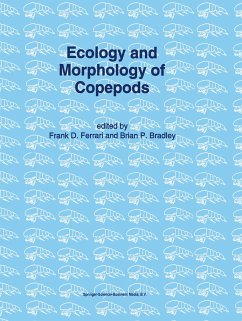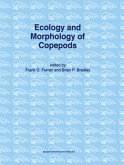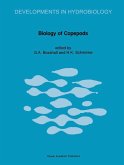Ecology and Morphology of Copepods is organized under the following general topics: Behavior, Feeding, Genetics, Horizontal Variations, Morphology, Phylogeny, Reproduction, Seasonal Changes, Vertical Distribution, plus two special sessions on copepods of the genus Acartia and cyclopid/mosquito interactions. The Maxilliped Lecture, given by Dr. Arthur G. Humes of Boston University, clearly established the importance of copepods to the earth's organic diversity.
The book consists of selected research articles from the different sections. The articles published here reflect the diverse research interests of copepodologists today, and are distinguished by their high quality. Their impact will ensure that this volume is consulted by a wide range of research biologists.
The book consists of selected research articles from the different sections. The articles published here reflect the diverse research interests of copepodologists today, and are distinguished by their high quality. Their impact will ensure that this volume is consulted by a wide range of research biologists.
` ... brings much information and provides a current perspective of the copepod research across the world. ... an important source book for both marine and freshwater biologists. ... to be recommended for the scientific libraries of research and scholarly institutions.'
Hydrobiologia, 81 (1996)
Hydrobiologia, 81 (1996)
` ... brings much information and provides a current perspective of the copepod research across the world. ... an important source book for both marine and freshwater biologists. ... to be recommended for the scientific libraries of research and scholarly institutions.'
Hydrobiologia, 81 (1996)
Hydrobiologia, 81 (1996)









